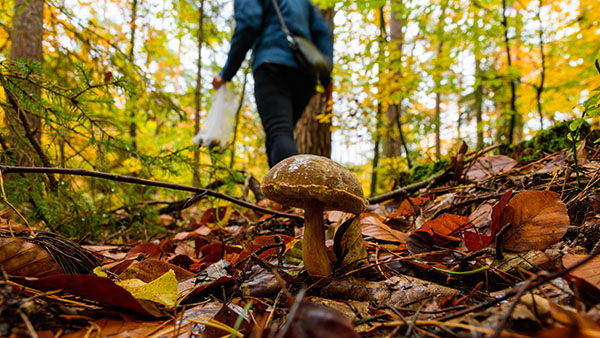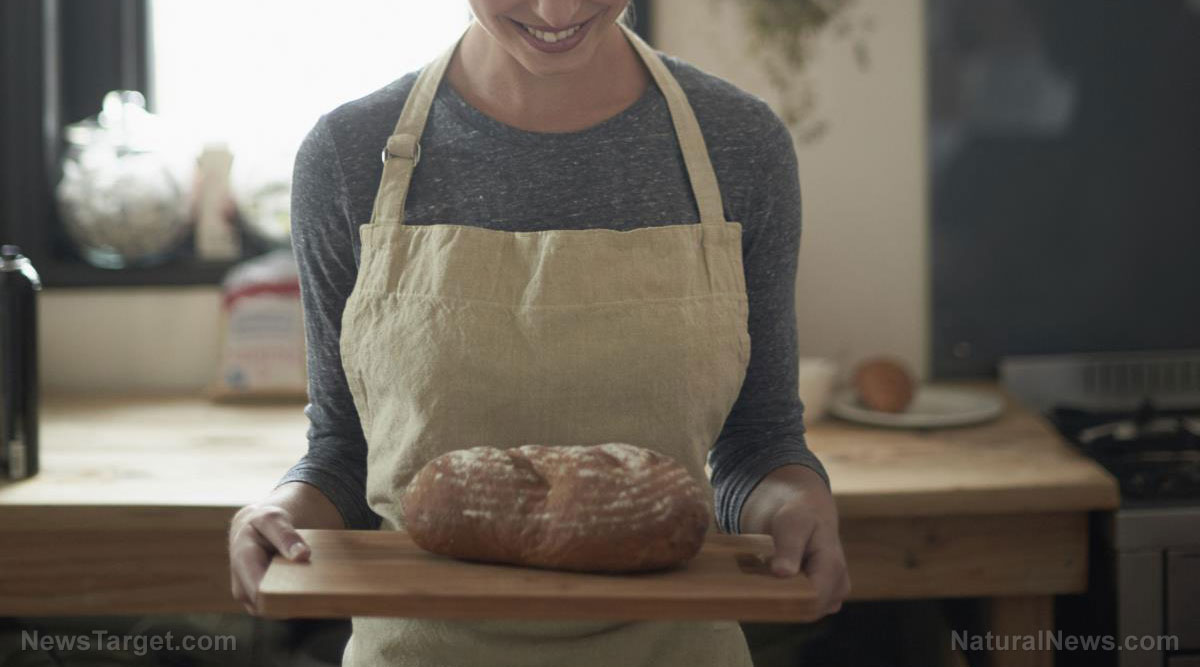
She emphasized the importance of canning knowledge not just for active homesteaders, but also to those wanting to bolster their food security when SHTF.
Rachel defined the two main methods of canning – hot pack and cold pack. "Hot pack means that food is already cooked and hot and you are packing it hot in hot jars and putting it in a hot canner. Cold pack is the opposite. It's usually a raw product that is going in cold and in a cold canner being brought up to temperature," she said.
Jars are important tools for canning food, and they come in different sizes. According to Rachel, jars do not depreciate just because they were previously used. What's important is that they are made of glass, and "they last forever."
She also showed other canning tools, including a wide-mouth funnel jar lifers, lids, rings and a skinny spatula for de-bubbling. Next, Rachel showed a big water bath canner – basically a pot that's going to be able to cover the jars with two inches of water.
"Just think very simply," she said. "Fruits are almost always going to be in pickles and would always be toward water bath canning. If it has a high enough acidic content, it can be a water bath. Things like beet, beans, and vegetables are almost always going to be pressure canned."
According to a canning supplier website, water bath canning is a lower-temperature canning process ideal for recipes that incorporate the correct measure of acid. The combination of time and temperature destroys mold, yeast and enzymes that cause spoilage and creates a vacuum sea at the same time.
Meanwhile, pressure canning is the only processing method that reaches the high temperature (240 F) needed to safely preserve low-acid foods. Just like water bath canning, the combination of time and temperature that will destroy food-borne bacteria and create a vacuum seal necessary to prevent spoilage. (Related: Home canning basics: Food acidity and when to use a pressure canner.)
Canning is a fantastic way to start building up your pantry
"This is such a fantastic way if you want to start building up your pantry and start personal skills with having some food independence and security over your food," Rachel said. "I saved myself money by buying in bulk and you would be also not as intimidated by the fact of growing your own food."
Rachel first washed the jars, sterilized them by boiling for two minutes and then put the jars on top of a thick mat to dry. Rachel then poured various food products she bought from a grocery inside the clean and dry jars, giving general measurements regarding headspace in the jars.
Pressure canning calls for one inch of headspace, while water bath canning calls for half an inch. Jellies and jams to be canned using a water bath require a quarter inch.
She proceeded to de-bubble the jars by sliding the spatula into the containers' sides, removing trapped air bubbles. According to Rachel, more food ought to be added in the jars once the air bubbles are removed. Any remaining air pockets can be eliminated by tapping and wiggling the containers.
The homesteading YouTuber wiped the mouths of the jars with clean cloth dabbed in vinegar to remove any objects on the lids that could prevent a good seal. She then screwed the lids on the jars and covered them with the center rings, ensuring a "finger tight" fit. Rachel reminded her viewers to use permanent markers for the labels.
She finally loaded all the jars into the water bath canner and put them to the boil. Afterward, she allowed all the jars to sit in the canner for five to 10 minutes until the boiling completely stopped.
Once done, she removed the jars from the canner and set them on the kitchen counter to cool, with a one inch gap in between. Rachel then stashed the canned food products in the pantry.
FoodStorage.news has more stories about canning and food preservation.
Watch Rachel of "That 1870's Homestead" teach the basics of food canning below.
This video is from the Prevent Global Genocide channel on Brighteon.com.
More related stories:
Home canning basics: Which foods are safe for canning?
Food preservation 101: The basics of water bath canning (with vinegar).
12 Food preservation and food storage techniques you can use when SHTF.
Sources include:
Please contact us for more information.























